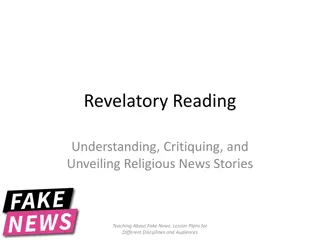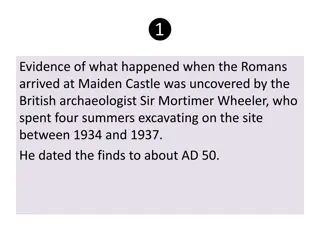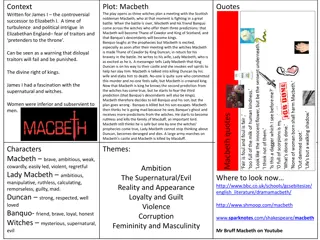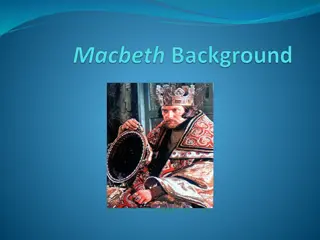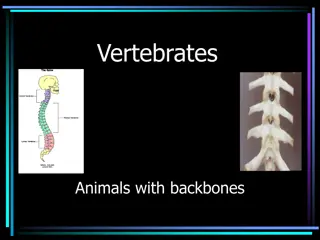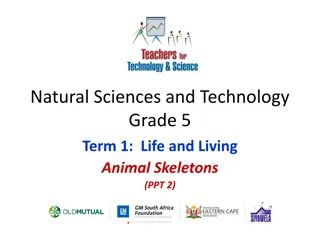Unveiling the Intrigues of Skeletons: Explore, Learn, and Engage
Delve into the world of skeletons through a series of engaging activities including learning about 10 intriguing facts, contemplating on the significance of bones in human life, and exploring hypothetical scenarios regarding life without bones. Participate in interactive sessions to identify parts of the skeleton, understand bone-related experiences, and witness the wonders of the human skeletal system firsthand.
Download Presentation

Please find below an Image/Link to download the presentation.
The content on the website is provided AS IS for your information and personal use only. It may not be sold, licensed, or shared on other websites without obtaining consent from the author.If you encounter any issues during the download, it is possible that the publisher has removed the file from their server.
You are allowed to download the files provided on this website for personal or commercial use, subject to the condition that they are used lawfully. All files are the property of their respective owners.
The content on the website is provided AS IS for your information and personal use only. It may not be sold, licensed, or shared on other websites without obtaining consent from the author.
E N D
Presentation Transcript
Skeletons List 10 things you already know about skeletons. (Think-Pair-Share) Human Life - Explore & Investigate How People Move.
My Ideas My Partner's Ideas What We Are Sharing Write your list of ideas here. Listen to your partner and write their ideas here. Talk with your partner and decide which points you will share with the class.
10 Points from the Class 10 Points from the Teacher Record 10 points about skeletons from the class. The teacher s 10 points will be given at the of the class. At the end of the lesson, compare what you already knew to the new points from the teacher.
WHAT IF.? Read the article from World Book Online (here). Using the article information, discuss the following questions What would happen if humans didn t have bones? Could you walk or stand without bones? What would happen to humans heart/ lungs/ brain if humans didn t have bones? What would happen if you had more than 206 bones in your body? Would you be able to move if you had bones but no muscles/ joints/ tendons? What would happen if humans were invertebrates?
Can You Name the Skeleton? Trace your partner onto giant poster paper. Put the skeleton together with this worksheet. (Here) Challenge: Without looking at your skeleton, name all the parts of the skeleton. Extension Questions: 1. Locate the longest bone in the body. 2. What is the part of the skeleton that protects the head? 3. What is the part of the skeleton that protects the heart & lungs? 4. What do you call the place where bones join together? 5. What do you call the stuff in the middle of the bones? 6. How many bones are in the body? 7. Locate the smallest bone in the body. 8. Is there bones in your nose? Access online quiz here or here.
Do You Know Someone Who Broke a Bone? Ask someone who broke a bone On a scale of 1 - 10, how sore was it? How could you have prevented the break? Who helped you with the break? Did you need to get an X-Ray? What was it like getting an X-Ray? How long did it take you to recover? Learn more about broken bones here. Flash required.
Can You See Your Bones? Record your observation: Darken the room, place the palm of your hand over the flashlight...can you see the bones and joints?
10 Points from the Class 10 Points from the Teacher The function of the skeleton is for shape, support and protecting organs. Bone marrow is the soft spongy part inside many bones. It produces white blood cells, red blood cells and platelets. A child has more bones than an adult. An adult has only 206 bones. How many points did you know and how many points are new? Bones are joined to other bones at joints. Some joints move, others do not move. The longest bone in the body is the Femur in the thigh. The smallest bone is the stirrup in the ear. The skull protects the brain. The sternum and rib-cage protect the heart & lungs. We need calcium and Vitamin D for healthy bones. We get calcium from dairy products and sunlight is needed for Vitamin D Osteoporosis is a condition where your bones become fragile
Homework 1. Reflect on your learning by completing this worksheet. (Here) 2. Project work - Research the skeleton of an animal of your choice. (Use the following link to help you choose your skeleton)











